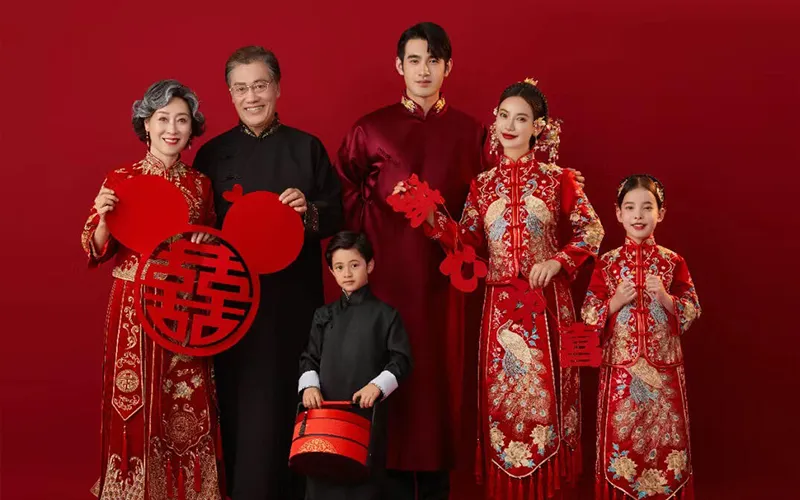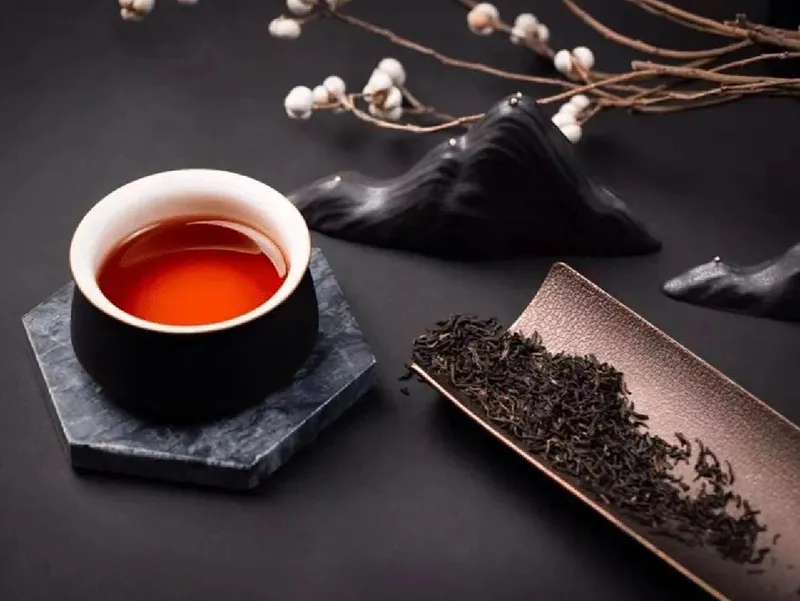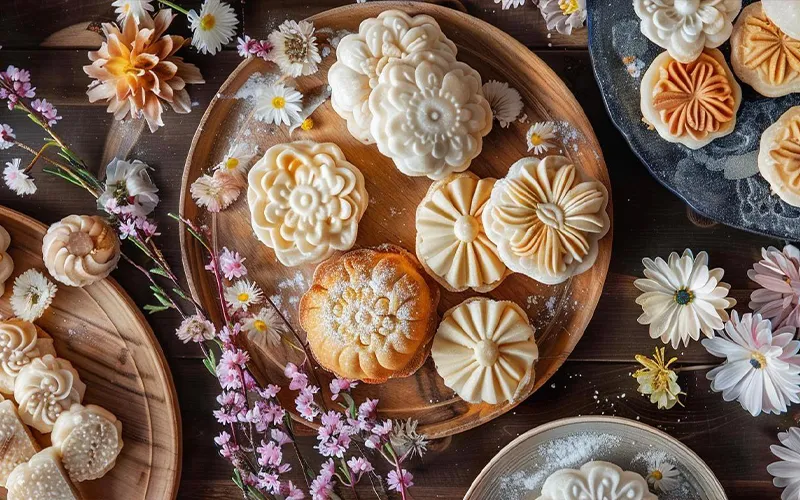Chinese Food Culture
Chinese food is well-known all over the world because the art of Chinese food has spread far and wide, with Chinese restaurants found in almost every corner of the globe. More and more English-speaking people would choose Chinese food as their first-choice in the Chinese restaurants countries. In fact, Chinese food is not merely a means to nourish the body but a cultural heritage that has been passed down through generations, reflecting the country's geography, history, and social values. It is an integral part of Chinese culture, deeply rooted in traditions, ceremonies, and festivals.
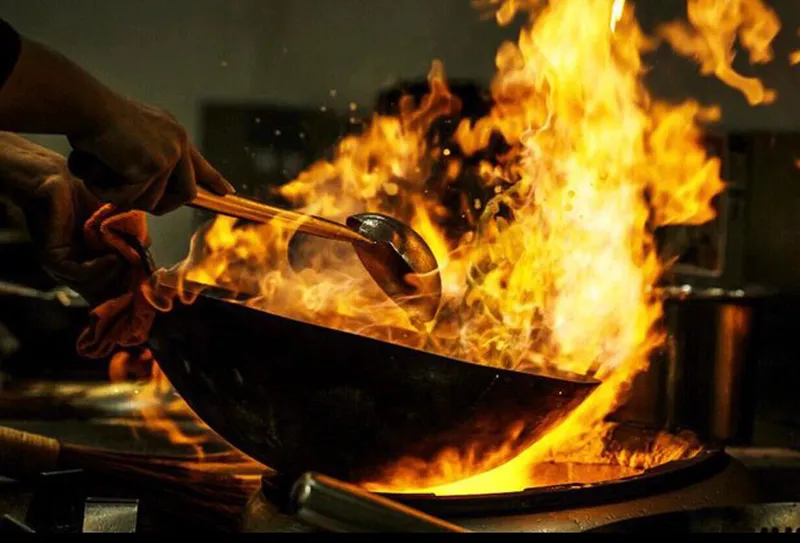
Relationship between Chinese Food and Chinese Traditions, Festivals, and Ceremonies
Chinese food has a very close relationship with festivals, traditions and ceremonies. In Chinese traditions, food is pivotal in fostering connections and expressing respect. During festivals like the Spring Festival, families gather to prepare and share traditional dishes, symbolizing reunion and good fortune. For example, dumplings are a must-have for the Spring Festival's Eve, as their shape resembles ancient Chinese gold or silver ingots, representing wealth. Fish, and spring rolls are symbolizing prosperity, abundance, and wealth, respectively.
Furthermore, the Chinese calendar is laden with many festivals, each with its unique food. On the Mid-autumn Festivals, Chinese people exchange and share mooncakes which are symbolizing unity and completeness. On the Dragon Boat Festivals, people eat Zongzi, a kind of sticky rice dumplings wrapped in bamboo leaves, in honor of the ancient poet Quyuan. And on the Lantern Festivals, Chinese have a bowl of sweet Yuanxiao as the symbolization of unity. These foods serve as a delicious reminder of China’s rich history and folklore. You can read more about Chinese Festivals here.
Similarly, in Chinese ceremonies, food also holds a much deeper significance. At Chinese wedding, cups of tea are served to their parents is a must-do activity, symbolizing respect and gratitude to elders. When you are going to visit an ethnic minority family or village in northwest China, such as Guizhou or Yunnan, you will be served by a cup of welcome tea or wine from the host. On the Qingming Festival(Tomb-sweeping Festival), food and drink offerings are made to honor the deceased's spirit.
Food as Balance and Medicine
Rooted in the principles of Traditional Chinese Medicine, foods are believed to possess particular properties that can help balance the body's yin and yang. Finding foods based on your body’s needs in relation to geographical location is part of the yin and yang philosophy. Moreover, food are used as a daily medicine as a fundamental aspect of Chinese culture. For example, because Southern China has a more tropical climate, people in this area tend to prefer cooler and milder foods — or “yin” foods — to reduce the dryness and heat. Watermelons are seen as cool and can counteract heat. Meanwhile, Northern China has a damper, chillier climate. People here tend to prefer hotter and spicier foods — or “yang” foods — like chili peppers, garlic,onion and ginger which are warm food and help dispel cold and boost blood circulation in the body.
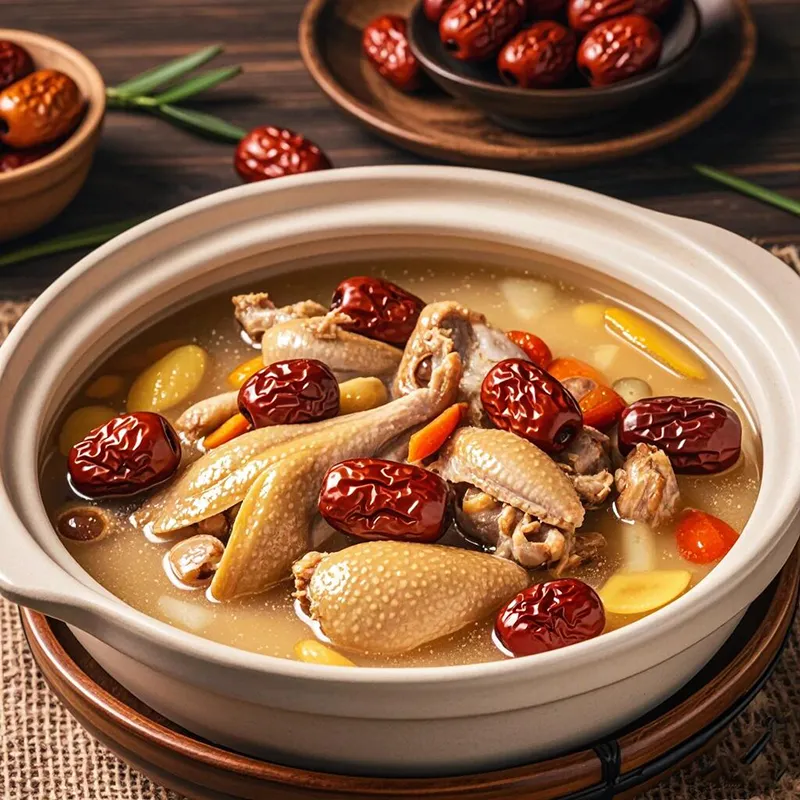
Choice to Food Material
Chinese food are mainly daily-shopping at the shopping market in the early morning by local people. That means selecting the freshest meats, in-season produce and live seafood. Chinese culture emphasizes the dish's flavor, color, aroma and texture. These are the essential building blocks of a delicious meal and tasting experience.
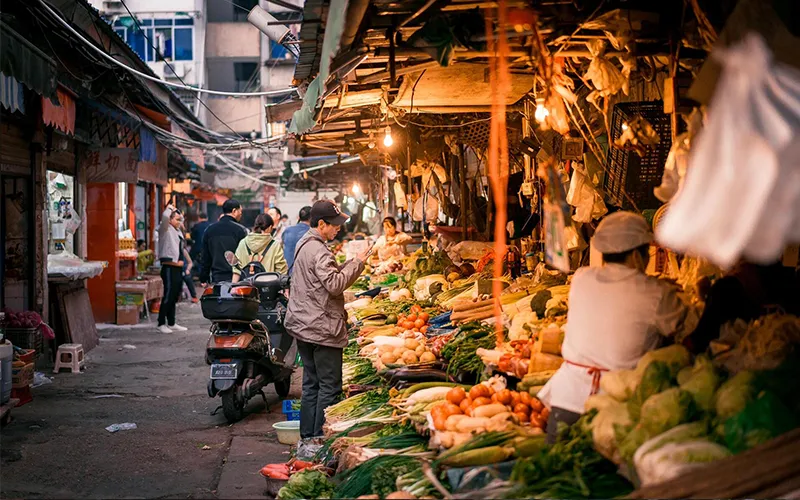
Traditionally, frozen and canned foods are rarely consumed, and Western desserts like pies, cakes, ice cream, and cookies are only enjoyed on special occasions like weddings, holidays, and birthdays. Ethnic minorities remain the tradition of eating smoked or soured meat or fish that is a special way of cooking and keep food without fridges in China, similar to ham in Western countries.
What can I eat in China?
China comprises 23 provinces, each with its own cooking style based on local preferences and ingredients. These morsels range from fresh, salty fish to hot and spicy chili peppers.
Here are some recommendations of Chinese food in your list:
1. Try the famous Chinese cuisines at your traveling cities.
There are 8 famous Chinese cuisines as below: Shandong Cuisine, Jiangsu Cuisine, Zhejiang Cuisine, Anhui Cuisine, Sichuan Cuisine,Hunan Cuisine,Cantonese Cuisine and Fujian Cuisine. Shandong cuisine is northern style cuisines which is rich,bold and salty.
Jiangsu Cuisine, Zhejiang Cuisine and Anhui Cuisine are eastern China style with a sweet and subtle flavor.
Sichuan and Hunan cuisine are hot and spicy. You can see many Sichuan and Hunan restaurants all over China, especially in city center. Gongbao Chicken and Mopo Tofu are quintessential dishes of Sichuan cuisine. You could try by our 5 Day Chengdu Chongqing Essential Tour.
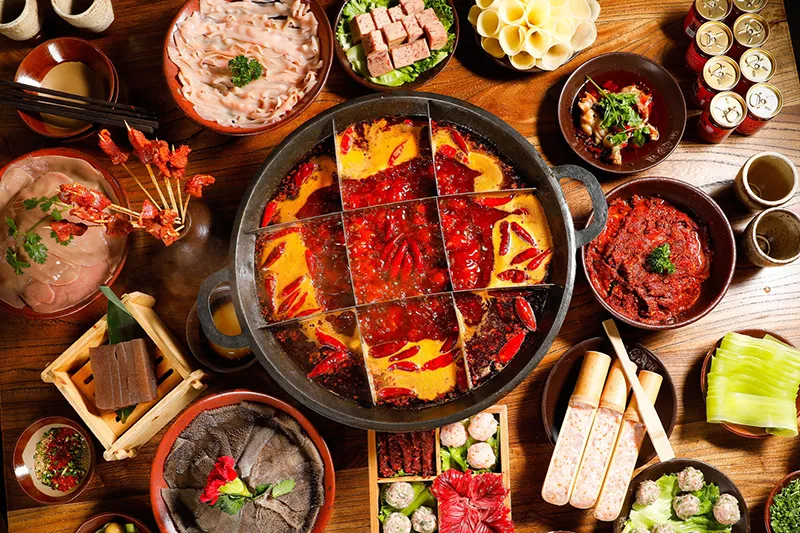
Cantonese cuisine is southern China style with light and fresh flavor. You can enjoy it when you are going to visit Guangdong Province, inclusive of Guangzhou, Shenzhen and Foshan. Our 4-Day Guangzhou and Shenzhen Stylish Tour is an amazing option.
2. Try Classic Chinese Dishes
For each Chinese cuisine, there are some class Chinese dishes you should not miss. These are the highlight of Chinese food.
A) Peking Roasted Duck
Peking Roasted Duck is definitely No.1 dish when traveler comes to Beijing which can be considered as one of China national dishes. It was served for many heads of state and government officials as a national dish of diplomacy. Sliced Peking duck is usually eaten with pancakes, sliced scallions, cucumbers, and sweet bean/soy sauce.
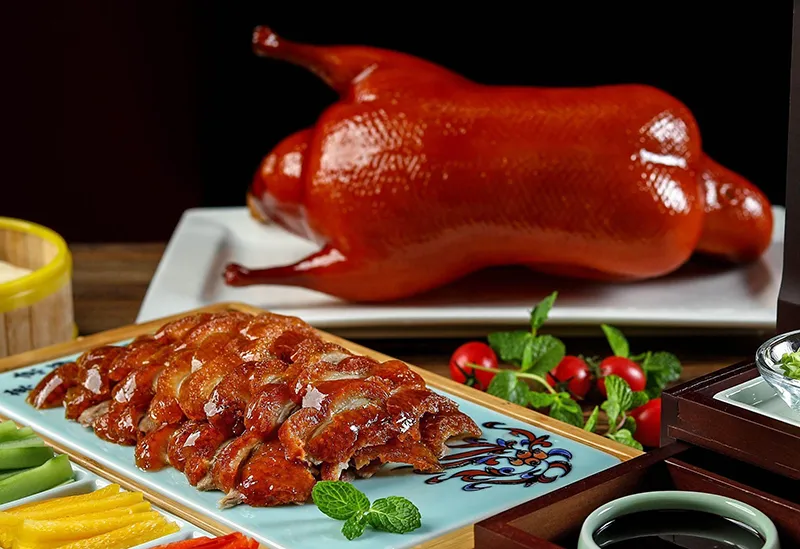
B) Kung Pao Chicken
Kung Pao Chicken is from Sichuan cuisine, popular with both Chinese and foreigners. In China, the authentic recipe includes Sichuan peppercorns for their numbing effect and plenty of dried red chilies to achieve the “mala” (spicy and numbing) flavors. It is quite different from what you have tasted in your country’s Sishuan restaurant which often includes vegetables such as carrots, water chestnuts, celery, zucchini, bell peppers, and broccoli.
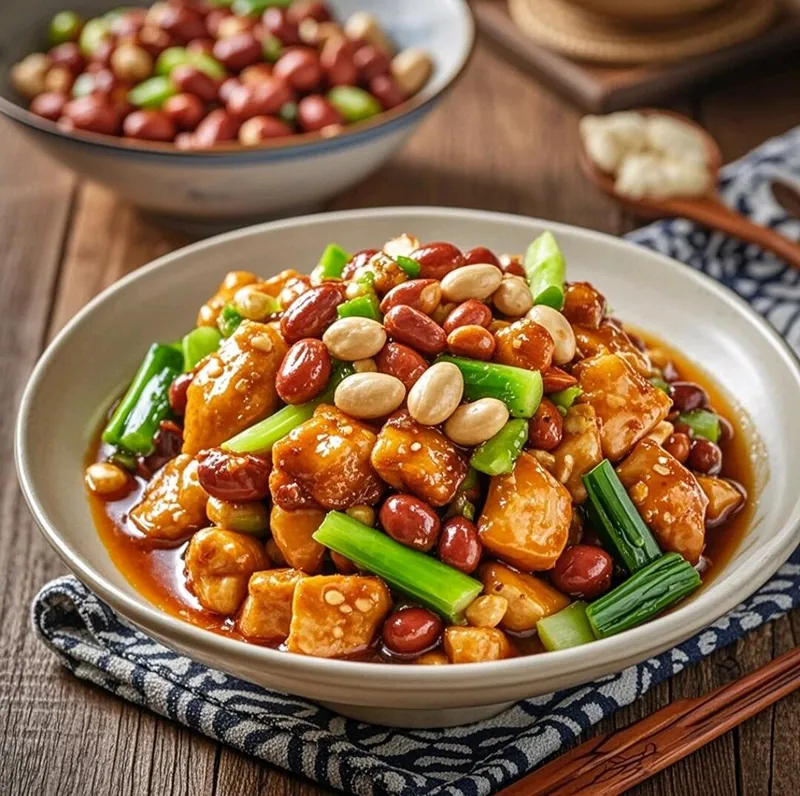
C) Hot Pot
Another dish of Sichuan cuisine makes everyone like it, no matter in a cool and cozy night or a warm summer evening. Hot pot is a social way of eating: a variety of food is cooked in a communal simmering pot of flavored broth. Everyone cooks what they like. Then it’s scooped out of the pot, dipped into their own customized sauce, and devoured. It is very fun to have a hot pot with your friends or families because everyone could find their favorites in one Hot Pot.
D) Sweet and Sour Pork
You can find Sweet and Sour Pork nearly every Chinese restaurant. If it is your first-time to China, you need more time to get used to Chinese food. Why not start with Sweet and Sour pork? It has a bright orange-red colour and a delicious sweet and sour taste. The main ingredients can be pork, chicken, beef or pork ribs.
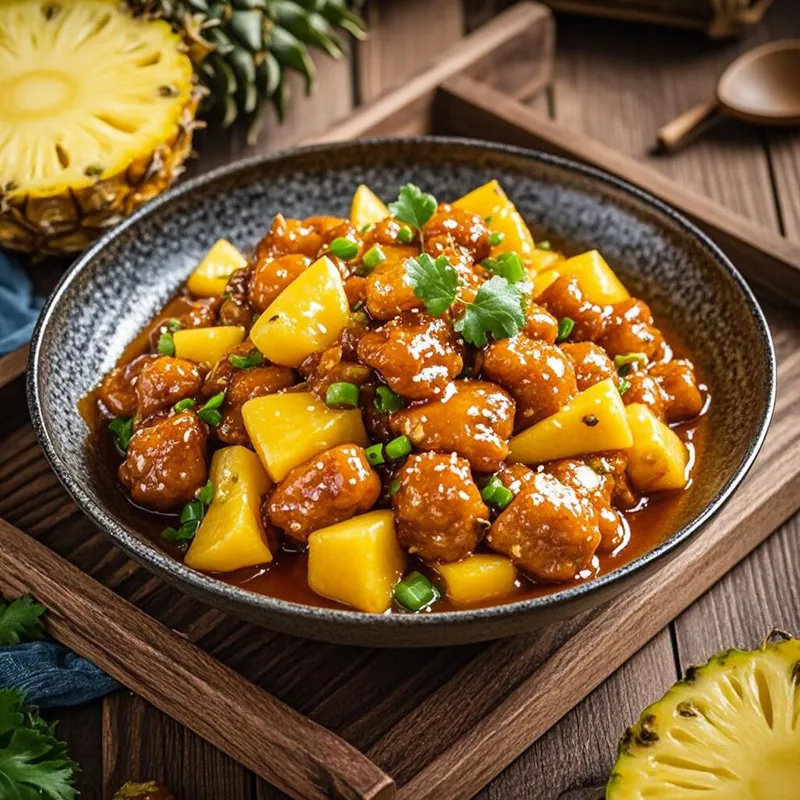
E) Dim Sum
Dim sum is one of the most popular Cantonese cuisine dishes. Chinese people often eat Dim Sum with Chinese tea at their breakfast or brunch now. It contains a large range of small dishes, including dumplings, rolls, cakes, and meat, seafood, dessert, and vegetable preparations. These bite - sized treats are served in steam table trolleys stacked high with bamboo or metal steamer baskets. There are more than one thousand dim sum dishes in existence today. It's tough to find a better way to spend a Sunday morning than a table of friends and family, bottomless tea and a whole table full of tiny plates crammed with dumplings, steamed buns, and Chinese pastries.
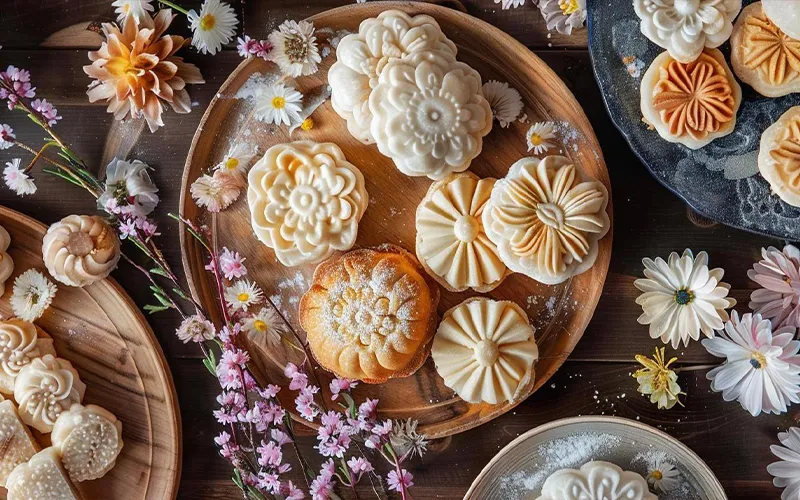
F) Dumplings
Dumplings are a traditional food type that is widely popular, especially in North China. It is filled with ground meat and shredded vegetables and wrapped with a thin dough. Popular fillings are minced pork, diced shrimp, ground chicken, beef, and vegetables. There are three major types of dumplings, boiled, steamed and pan-fried.
During Chinese New Years, dumplings are a must have food in Northern Chinese houses. Parents make hundreds of dumplings and only one of the hundreds has a small date or coin inside. Whoever gets that special lucky one dumpling will receive the biggest red envelope from the elders. It is a traditional custom of Chinese festivals as well.
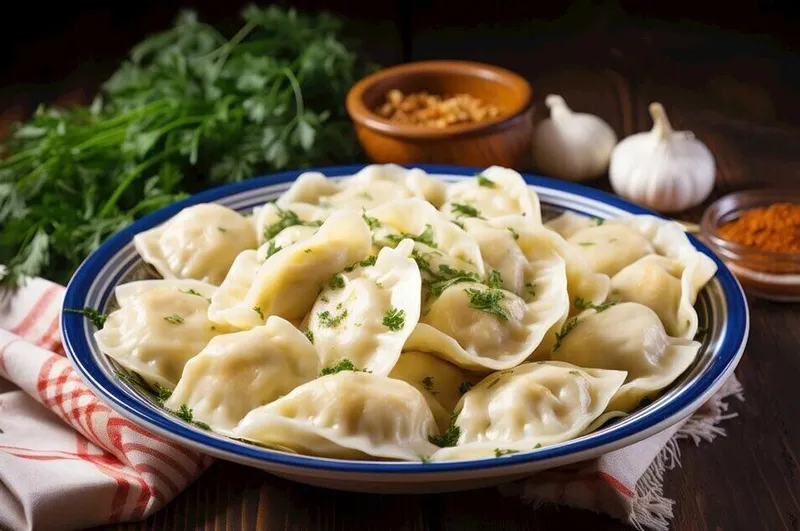
G) Fried Rice
Fried rice is one of the most popular Chinese food ever. It is often including eggs, vegetables, seafood or meat. The most famous fried rice in China is Yangzhou fried rice. Typical Yangzhou fried rice ingredients include shrimp, eggs, and barbecued pork. You can order and enjoy a big bowl of fried rice at every Chinese restaurant.
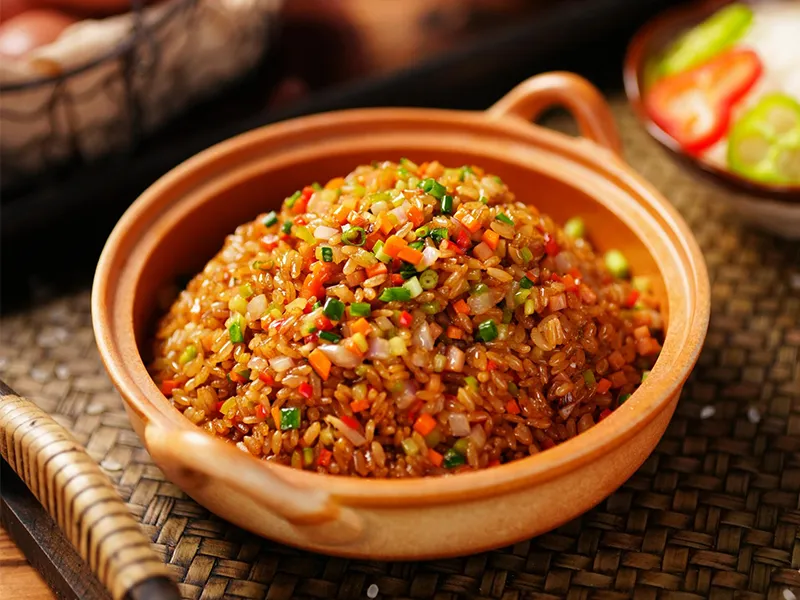
3. Try Chinese Snacks & Street Foods
Besides a big supper or dishes at the restaurant, you should try Chinese snacks and even street foods during your staying in China.
China has many interesting, original and tasty snacks, many of which are more nutritious and natural than chocolate, lollipops and chips. Chinese snacks are often sold in small shops on the backstreets or at mobile roadside stalls. In fact, there are many Chinese snacks streets in each city center. If you visit Beijing, there are Wangfujing Snack Street, Guijie and Niujie Muslim Snack Street. In Xi’an, you can visit Huiming Snack Street to explore. Sweet Potatoes and Corn, nuts and seeds are the most popular snacks for your recommendation.
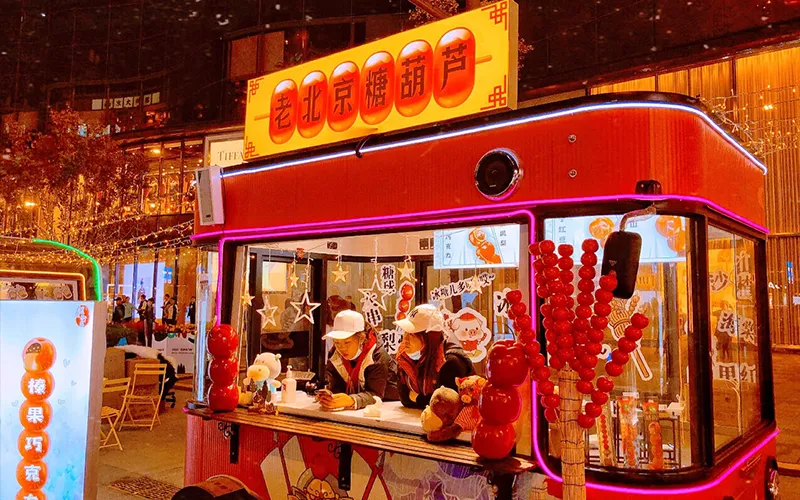
Street food is an important part of Chinese eating culture. The strange and delicious foods are hidden away in narrow streets and sometimes look unclean. There is always a good but no-name street food shop nearby a local community. It is a rare way for people to relax and satisfy the taste buds. Here are some popular street foods in China, baked sweet potatoes, Deep-Fried Dough Sticks — great with soy milk, steamed buns, Chinese hamburgers and street barbecues.
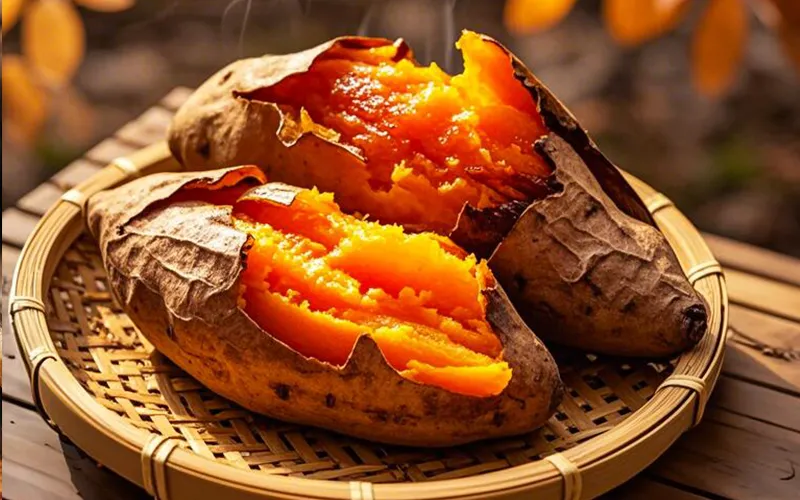
Chinese Food Etiquettes
In addition, the art of Chinese food etiquettes and the sharing of food among family and friends enhance the social and cultural aspects of dining. It is not just about eating but also about communication and strengthening relationships. It covers various behaviors, from using chopsticks correctly to serving elders first at the table. It is also considered impolite to refuse food the host offers, as it is seen as rejecting their hospitality. On the other hand, accepting food is seen as an acceptance of their friendship or goodwill.
In business settings, it is customary for the person who initiates the invitation to pay for the meal. AA treats are common among young people but not elder generation or business issues. This is seen as a sign of generosity and respect. Understanding and following these food etiquettes is vital to forming and maintaining relationships in Chinese society.
In conclusion, Chinese food culture is a rich tapestry of flavors, traditions, and social values. It has continuously evolved and adapted over time, captivating the taste buds of people both in China and around the world, and serving as a vivid ambassador of Chinese culture.
Questions?
-
Email
trip@realchinatravel.com
-
WhatsApp

